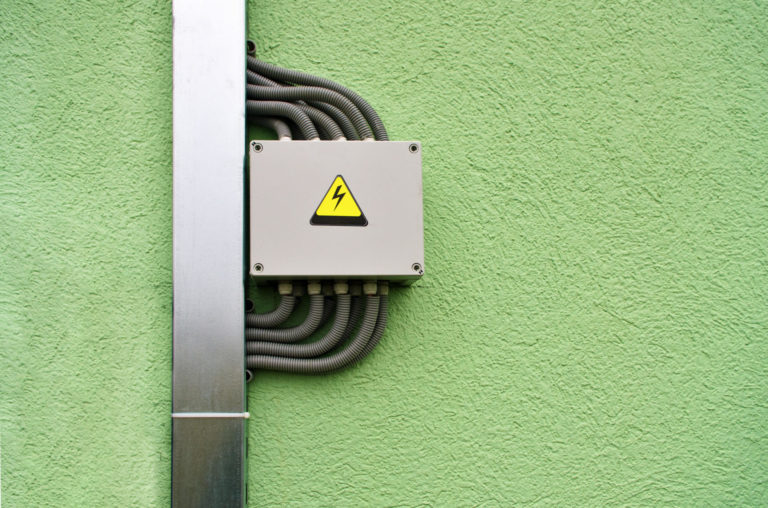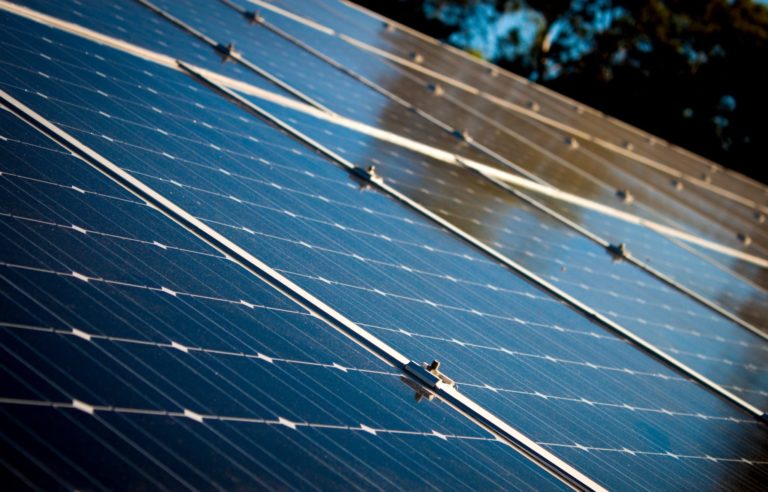October 25, 2021
By Clayton Johnson, Communications Manager, Pecan Street
We may be closer than ever to taking meaningful federal action toward building a clean energy future. But momentum in Washington has stagnated, and some critical climate measures are on the chopping block. It is unclear how long congressional majorities will remain in favor of supporting clean energy legislation, and the time remaining to prevent the most harmful greenhouse gas emissions grows shorter each day.
The recent 2035 Report from the UC Berkeley Goldman School of Public Policy made clear that the best way to achieve a clean energy future is to adopt a federal clean energy standard (CES), which would require at least 90 percent clean energy by 2035. That could reduce wholesale electricity costs by 10 percent, nearly eliminate air and carbon pollution for the electricity sector, and support a 500,000 net job increase by 2035.
By now, everyone knows that two key senators are refusing to support Build Back Better legislation that includes a CES (the CES provision in the Build Back Better bill was called the Clean Energy Performance Program). Though we’re hopeful that legislators will find a way to pass a CES, the search is on to find other impactful climate measures that will get all 50 Democratic senators on board. A federal carbon tax has been floated, but the same holdouts will likely block a carbon tax, as well. Another option is to extend the Production Tax Credit (PTC) and Investment Tax Credit (ITC), both of which are existing and proven mechanisms that could be revived to bolster the widespread deployment of clean energy technologies and support the political feasibility of a federal CES in the future. President Biden has called for a ten-year extension of both tax credits – Build Back Better is Congresses’ opportunity to enact a version of the President’s agenda that will spur clean energy investments in the most important decade of the climate fight.
The Case for Federal Clean Energy Stimulus
The PTC and ITC have provided tax incentives for renewable energy development for nearly thirty years and have coincided with the rapid adoption of wind and solar energy in the U.S. However, despite the Biden administration’s new commitments to decarbonize the energy sector by 2035, the tax credits are still set to expire.
Congress can pass a version of Build Back Better that:
- renews the PTC and ITC for at least a decade,
- extends the credits to new technologies, including energy storage and grid modernization equipment,
- and eliminates tax liability requirements by making the credits refundable.
Federal stimulus is critical to reaching 100 percent clean power by 2035, but of equal importance are the health, equity, and economic benefits that flow from these federal investments. The health and equity benefits are attributable to emissions reductions from renewables replacing coal and gas energy sources, which are responsible for negative health outcomes, thousands of premature deaths, and disproportionate health and social impacts on communities of color. The PTC and ITC can be viewed as a means of compensation for clean energy sources for the health and social benefits they provide by replacing fossil fuel energy sources. In addition to the direct health and equity impacts, extending the credits would provide substantial employment and economic benefits by generating private sector investments in clean energy, creating clean energy jobs, and lowering consumer energy costs.
Federal Clean Energy Stimulus is a Climate Imperative
The Biden administration has said that “climate change poses an existential threat, but responding to this threat offers an opportunity to support good-paying, union jobs, strengthen America’s working communities, protect public health, and advance environmental justice.” The PTC and ITC are proven tools for seizing exactly the opportunities the administration seeks to create. Extending the credits and creating new federal research and development investments would bolster clean energy deployment, drastically reduce greenhouse gas emissions, remove negative health and equity impacts from the fossil fuel industry, create hundreds of thousands of new jobs, and reduce consumer energy costs.
There is no silver bullet in the fight to address climate change – we must consider all the tools at our disposal. Extending clean energy tax credits and passing a federal CES put us on the path to achieving our goal of 100 percent clean power by 2035. In concert, these policies would result in the most ambitious approach to reaching 100 percent clean power. However, without legislation enacting a CES, extending the PTC and ITC are still meaningful policies that would result in more clean energy deployment, better health and equity outcomes, and increased job growth and economic activity.



















